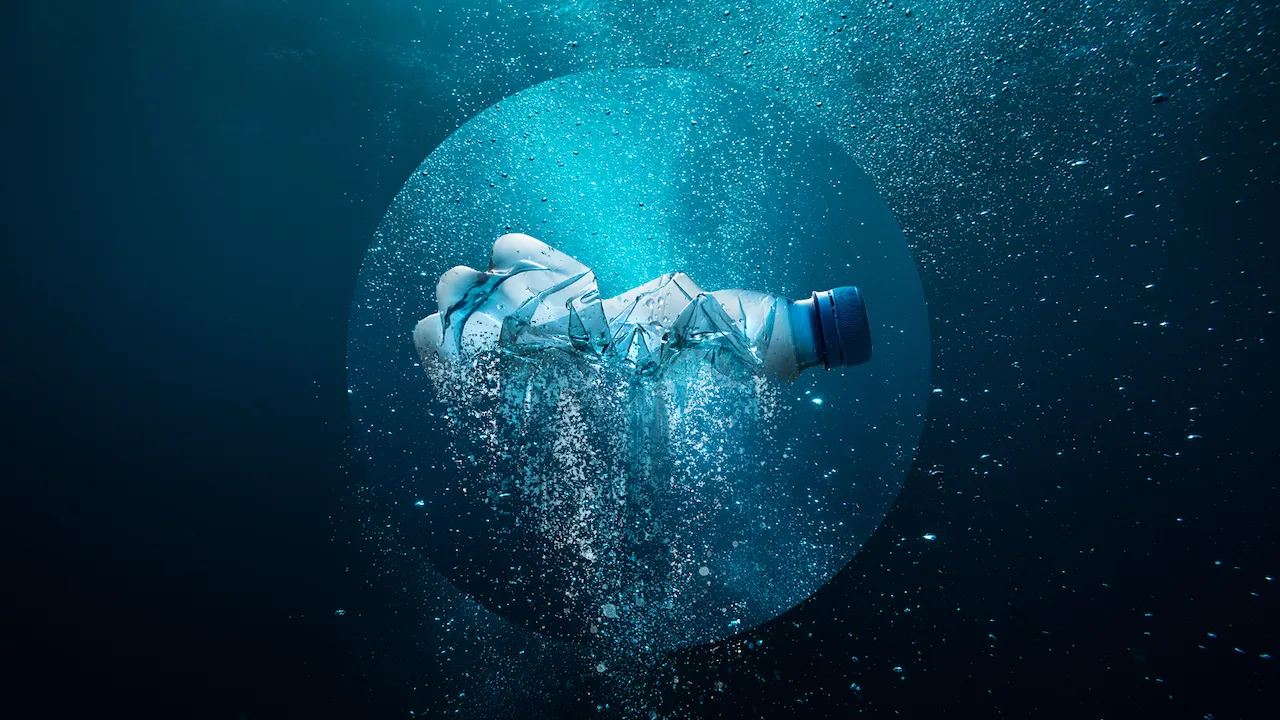How Microplastics are Becoming a Macroproblem

Are you eating plastic for dinner? From a product of conventional ending up as a product of betrayal, it has been proven that humans by any means cannot recycle every single inch of plastic they manufacture, by how around 2.5 microplastic particles were found on the average of each commercial fish eaten in Australia and New Zealand–2022 study in the scientific journal Marine Pollution Bulletin. This is owing to the increasing prevalence of modern humans’ addiction to plastic, which gradually evolved into a one-time use environmental crisis that the earth is currently facing. Of course, not all of our plastic garbage ends up in the ocean; the majority is disposed of in landfills; it is believed that around 3% of worldwide plastic waste ends up in the ocean. It was roughly 8 million tonnes in 2010, according to the most recent estimates, contaminating even more the land animals and other land lives with the use of direct food chain. People are looking into the ocean wondering where the problem is, because it is too beautiful to see!
Plastic waste is unavoidably released into the environment, and its exposure causes deterioration in mechanical and physicochemical qualities, as well as the production of plastic pieces, which are classified as microplastics when their size is less than 5 mm. Coming out as a plastic bottle that we just drank from crossing waterways and eventually the ocean, shrinking them to the same material size as marine snow–food for creatures of the deep sea. Surprisingly, the majority of the microplastic was discovered 600 feet below sea level, although it was expected to be exposed closer to the surface. The organisms that are nourished by the microplastic will then be consumed by either those that reside on the sea surface or those that live on the seafloor. But, do you want to know what is great about this great problem? It is that we can solve it!
Prioritize your eco not ego, because recycling alone is not the answer, rather the too idealistic and impossible solution to implement all around the globe. The source of the microplastic issue has to be ripped from its root, be it using less plastic in life or implementing a fee on plastic usage in our everyday lives. Because making a ban on plastic is hardly possible. Provide educational and behavioral improvement to both children as well as adults. As long as humans are changing, we are reducing one step towards destroying more aquatic lives, even our own.
The Hemisphere Project Team

